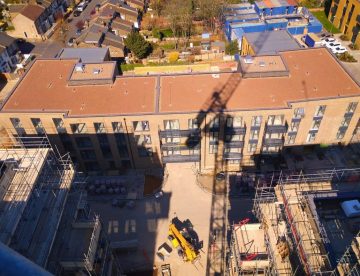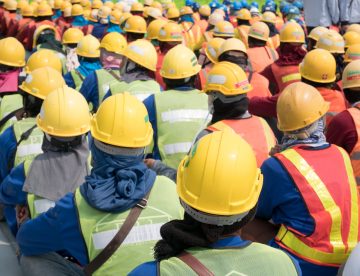
Schools and colleges have broken up and, aside from the unpredictable weather, this means lots of young people will now be nervously waiting for their exam results and preparing for the next stage of their life.
While some will know exactly what they want to do, others might still be considering the options. For anyone considering a career in construction but not knowing where to start, we’ve got three steps you could follow in this week’s blog.
Over the past few weeks, we’ve been sharing what we know about some of the careers people can choose in construction. So far, we’ve looked at what it means to take up physical, on-site jobs like bricklaying and roofing but, while these are common and important roles, the sector offers a much broader range of possibilities than this.
In fact, construction is one of the biggest industries in the world and so there are literally hundreds of career pathways to choose from. For instance, there are Architects, CAD technicians, Quantity Surveyors, Site Engineers, Contracts Managers, Estimators, Construction Managers, BIM Coordinators, Commercial Managers, Health and Safety professionals, Environmental Consultants and a whole host of other back-office roles like accountancy, office management and digital marketing.
In this third and final part of our Careers in Construction series, we’re going to give a brief overview of five of these roles.

Earlier this month, we reported on how the construction industry in the UK will need over a quarter of a million extra workers by 2026, including 26,000 in Greater London and 24,600 across the East of England.
This is going to be a real challenge, not least because the numbers of young people looking to enter the sector are far below the numbers of older workers who are leaving their trade. One YouGov Omnibus survey found that only 3% of young people aged 18-24 had searched for a job in construction.
As schools and colleges across the country come to a close, it’s likely there are a great many young people who haven’t fully decided what to do next. To help, we thought we’d share what we know about some of the key construction trades and so the focus of today’s blog is roofing.


